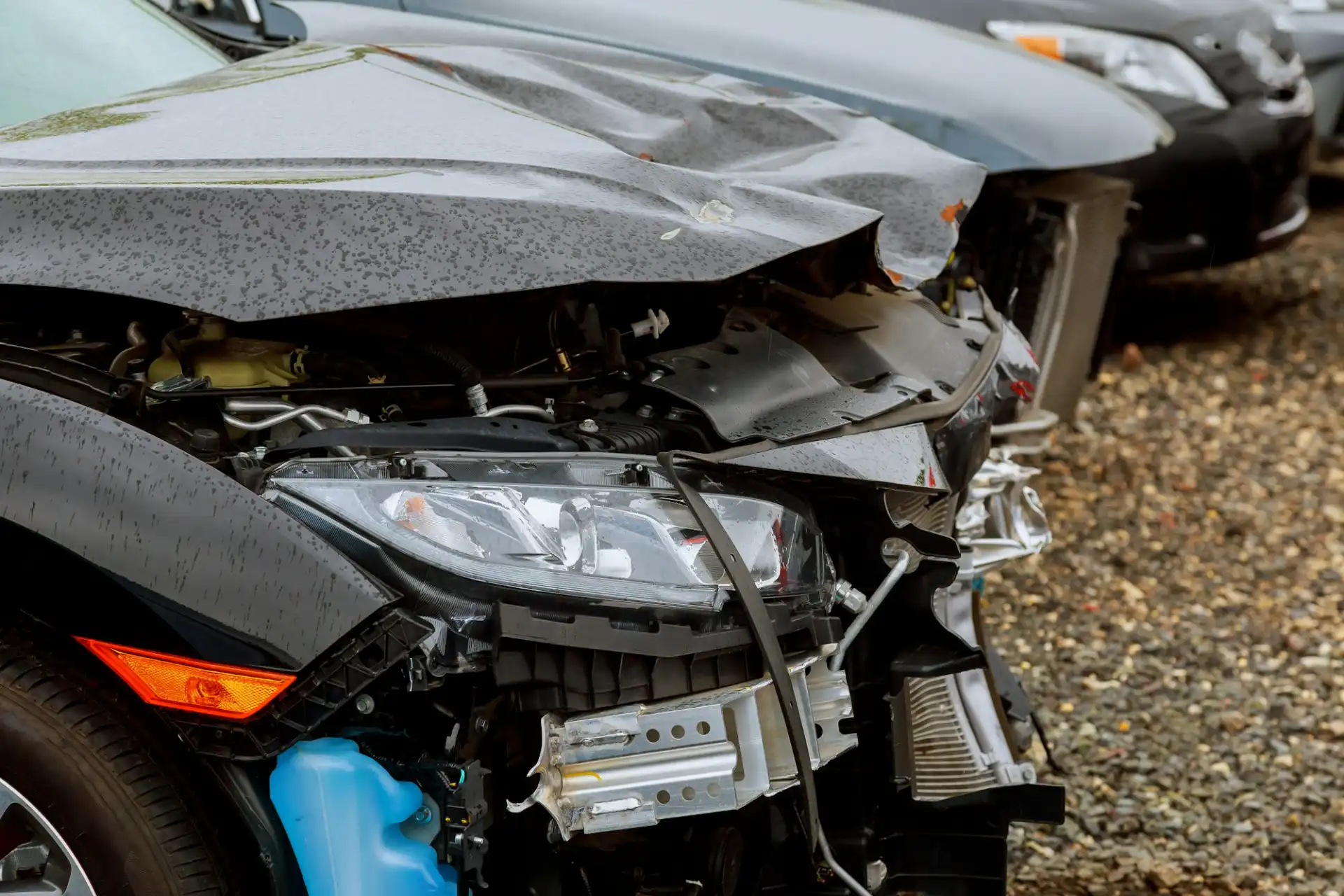Understanding Comparative Negligence: How It Affects Your Car Accident Case
When a car accident happens, determining fault isn’t always black and white. In many cases, both drivers share some level of responsibility. This is where the concept of comparative negligence comes into play. Understanding how this rule works can significantly impact your compensation after an accident.
What Is Comparative Negligence?
Comparative negligence is a legal principle that reduces the amount of compensation you can recover based on your share of fault in an accident. For example, if you were 20% at fault for a crash and your damages total $10,000, you would only receive $8,000.
Types of Comparative Negligence Systems
Not all states follow the same rules. Here are the most common systems in the U.S.:
1. Pure Comparative Negligence
You can recover damages even if you are 99% at fault—but your compensation is reduced by your percentage of fault. States like California, New York, and Florida use this system.
2. Modified Comparative Negligence (50% or 51% Bar Rule)
You can only recover damages if you are less than 50% (or 51%, depending on the state) at fault. For example:
- 50% Bar Rule: If you are 50% or more at fault, you cannot recover compensation.
- 51% Bar Rule: You must be less than 51% at fault to claim damages.
States like Texas and Illinois follow modified comparative negligence laws.
3. Contributory Negligence
This is the strictest system. If you are even 1% at fault, you cannot recover any compensation. Only a few states, such as Virginia and Maryland, still follow this rule.
How Comparative Negligence Affects Your Car Accident Claim
Your share of fault will directly affect the amount of money you can recover. Insurance companies use comparative negligence to minimize payouts. That’s why proving the other driver’s liability as much as possible is critical for maximizing your settlement.
Example Scenario
Imagine you were hit by another driver who ran a stop sign, but you were speeding at the time:
- Total damages: $20,000
- Your fault: 30%
- Recoverable amount: $14,000
How Do Insurance Companies Determine Fault?
Adjusters consider police reports, witness statements, and evidence from the accident scene. However, they often try to assign higher fault to you to lower the payout. Never accept their determination without reviewing it with a lawyer.
What Should You Do If Comparative Negligence Applies?
- Gather Evidence: Photos, videos, and witness statements can reduce your fault percentage.
- Review State Laws: Comparative negligence rules vary by state.
- Hire a Lawyer: An experienced car accident attorney can fight for a fair fault allocation.
States That Use Comparative Negligence
Most states have adopted some form of comparative negligence. Check your state’s specific law here.
Final Thoughts
Comparative negligence can significantly impact the outcome of your car accident claim. Understanding how fault allocation works—and having the right legal help—can make the difference between a fair settlement and a disappointing payout.



